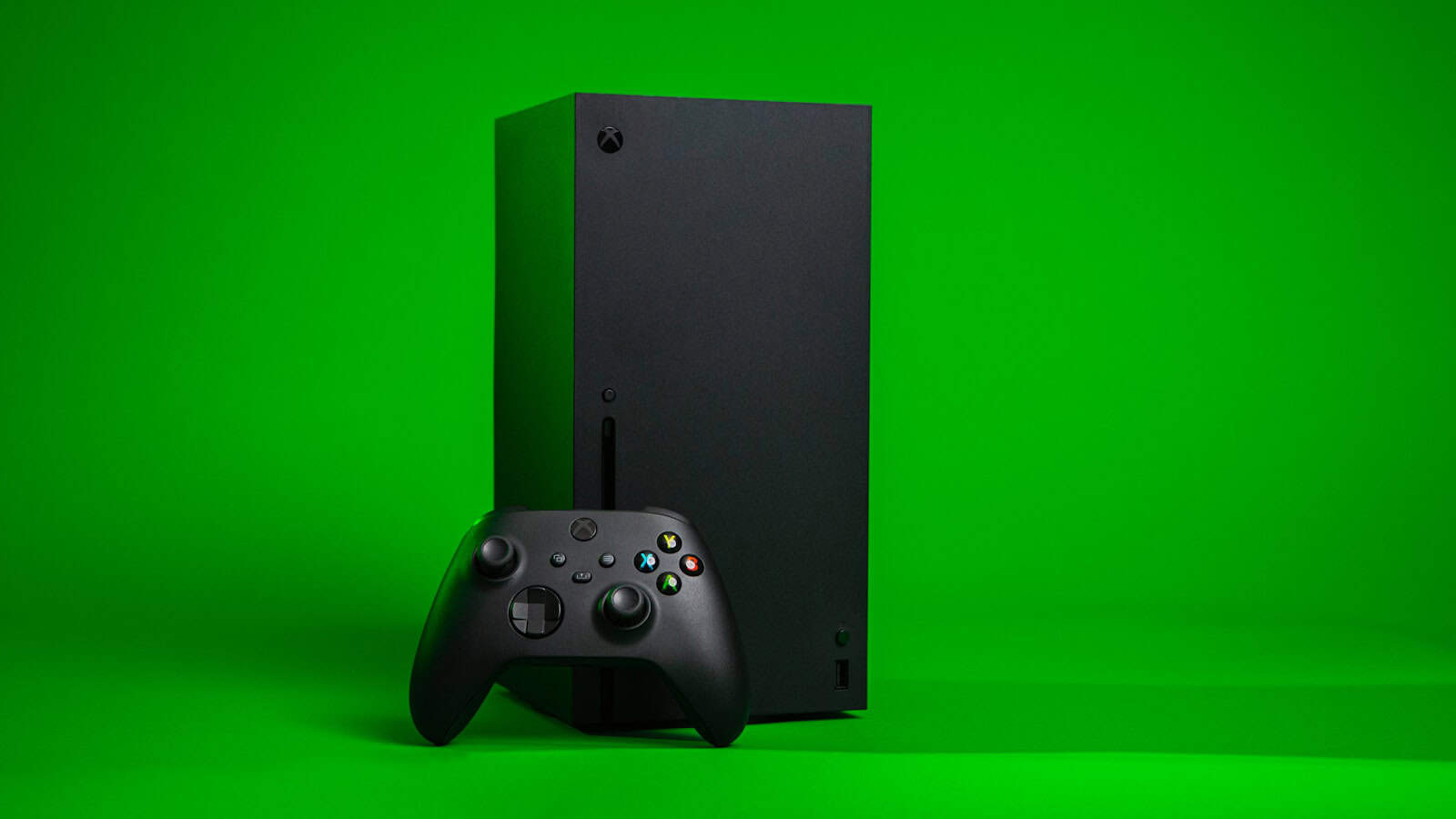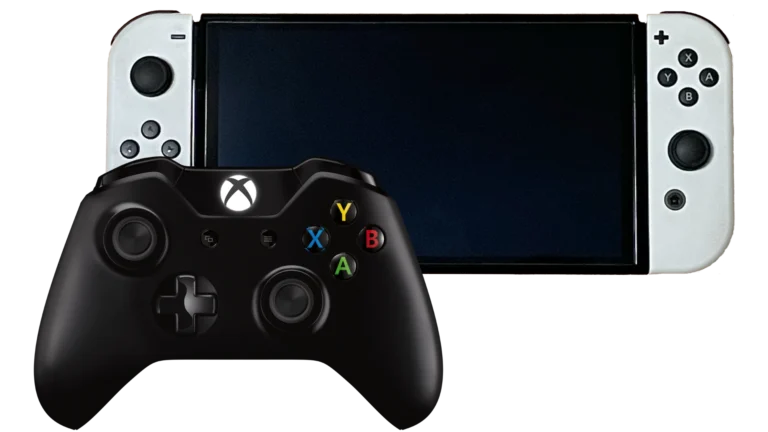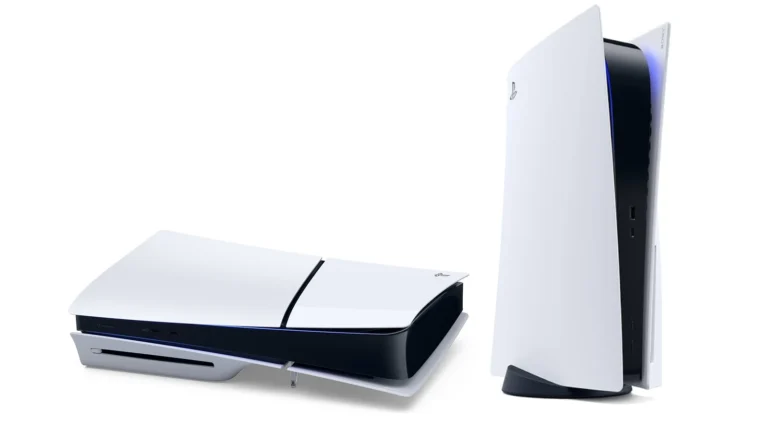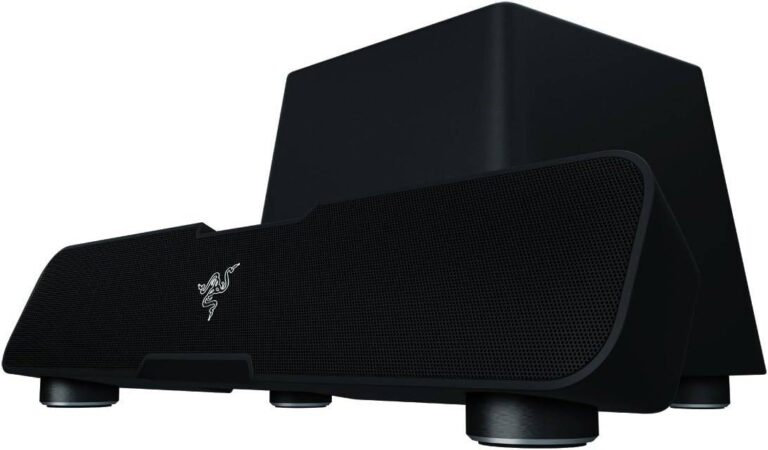
High packet loss on Xbox consoles can be a frustrating issue for gamers. It disrupts online gameplay, causing lag, disconnections, and poor performance. To fix high packet loss on Xbox, users can try restarting their console and router, using a wired connection, or contacting their internet service provider.
Xbox Live occasionally experiences network issues that can lead to widespread packet loss problems. In July 2024, Microsoft confirmed an outage despite the official status page showing normal operations. This highlights the importance of checking official Xbox support channels for updates during connectivity issues.
Troubleshooting high packet loss often involves checking network settings, firewall configurations, and router setup. Players may need to adjust port forwarding or place their Xbox in a DMZ to resolve persistent packet loss problems. If these steps don’t work, the issue may lie with the internet service provider or Xbox Live servers.
Troubleshooting High Packet Loss on Xbox
High packet loss on Xbox can lead to frustrating lag, rubberbanding, and disconnections during online gaming. When data packets traveling between your Xbox and the game server get lost, it disrupts the flow of information, resulting in a poor gaming experience. Here’s how to troubleshoot and fix this issue:
Understanding Packet Loss
Imagine data packets as little delivery trucks carrying information about your game actions to the server and back. Packet loss is like some of those trucks getting lost along the way. The higher the packet loss percentage, the more information goes missing, and the worse your connection becomes.
Causes of Packet Loss on Xbox
- Network congestion: Too many devices using the internet connection simultaneously can overload your network.
- Wi-Fi interference: Obstacles, distance from the router, or interference from other devices can weaken your Wi-Fi signal.
- Faulty network hardware: Problems with your modem, router, or Ethernet cables can cause packet loss.
- ISP issues: Issues on your internet service provider’s end can lead to network instability and packet loss.
- Xbox network settings: Incorrect network configuration on your Xbox can contribute to connectivity problems.
- Software issues: Outdated Xbox system software or game updates can sometimes cause network issues.
Troubleshooting Steps
- Check your internet connection:
- Test network connection: On your Xbox, go to Settings > General > Network settings > Test network connection. This will show your download speed, upload speed, and packet loss percentage.
- Restart your modem and router: Unplug your modem and router for a minute, then plug them back in. This can often resolve temporary network glitches.
- Optimize your Wi-Fi setup (if applicable):
- Improve signal strength: Move your Xbox closer to the router or consider a Wi-Fi extender.
- Reduce interference: Keep your router away from other electronic devices that can cause interference (e.g., microwaves, cordless phones).
- Change Wi-Fi channel: Use a Wi-Fi analyzer app on your phone to find a less congested channel for your router.
- Try a wired connection: Connect your Xbox directly to your router using an Ethernet cable. Wired connections are generally more stable and less prone to interference than Wi-Fi.
- Check for ISP issues: Contact your internet service provider to see if they are experiencing any outages or network problems in your area.
- Clear your Xbox’s MAC address:
- Go to Settings > General > Network settings > Advanced settings > Alternate MAC address > Clear.
- Restart your Xbox: This will force your console to renew its network connection.
- Update your Xbox system software:
- Go to Settings > System > Updates.
- Install any available system updates.
- Check your game’s server status: Some games have dedicated server status pages or social media accounts where they announce outages or maintenance.
Advanced Troubleshooting
- Check your router’s Quality of Service (QoS) settings: QoS allows you to prioritize network traffic for your Xbox, which can help reduce packet loss during online gaming.
- Port forwarding: For some games, you might need to forward specific ports on your router to improve connectivity. Consult your game’s documentation for the required ports.
- Contact Xbox support: If you’ve tried all the troubleshooting steps and are still experiencing high packet loss, contact Xbox support for further assistance. They may be able to identify and resolve issues on their end.
Key Takeaways
- Restart devices, use wired connections, and check with ISP to fix packet loss
- Xbox Live outages can cause temporary packet loss issues for many users
- Network settings and router configurations may need adjustment to resolve packet loss
Understanding Packet Loss on Xbox Platforms
Packet loss can seriously affect gaming experiences on Xbox consoles. It leads to lag, disconnections, and poor performance during online play.
Defining High Packet Loss and Its Impact
High packet loss occurs when data packets fail to reach their destination. On Xbox, this means game information doesn’t make it to or from the server. Players may notice delayed reactions, choppy gameplay, or frozen screens.
A good connection typically has less than 1% packet loss. Anything above 2-3% is considered high and can disrupt gaming. Severe cases (10% or more) often make online play impossible.
Packet loss affects all online features. It can stop voice chat, delay matchmaking, and cause game crashes. Even single-player games with online elements may suffer.
Common Causes of Packet Loss
Network congestion is a frequent culprit. Too many devices using bandwidth can lead to dropped packets. Faulty hardware like routers or cables may also be to blame.
Wi-Fi interference from other electronics can cause issues. Distance from the router or obstacles between it and the Xbox can worsen this problem.
ISP problems sometimes cause packet loss. Network maintenance or overloaded servers can affect packet delivery. Outdated Xbox software or temporary server issues may contribute as well.
Wired connections using Ethernet cables usually provide more stable connections with less packet loss than Wi-Fi.
Frequently Asked Questions
Xbox users often encounter packet loss issues that can disrupt gameplay. These problems can stem from various sources and may require different troubleshooting approaches.
What are the steps to troubleshoot high packet loss on an Xbox Series X?
Check your network connection. Run a network test from the Xbox settings menu. Restart your router and console. Try a wired connection if using Wi-Fi. Update your Xbox firmware. Contact your internet service provider if issues persist.
Why might an Xbox Series S experience significant packet loss?
Network congestion can cause packet loss. Outdated network equipment may struggle with modern gaming demands. Interference from other devices can disrupt Wi-Fi signals. Software conflicts or corrupted game files might also contribute to packet loss issues.
What can cause 100% packet loss on an Xbox One console?
A complete network outage often results in 100% packet loss. Faulty Ethernet cables or network adapters can block all data transmission. Incorrect network settings or firewall restrictions may prevent any packets from reaching their destination.
How can high latency issues on Xbox be resolved?
Close background apps and downloads. Use a wired connection instead of Wi-Fi. Choose game servers closer to your location. Upgrade your internet plan for faster speeds. Consider using a gaming-optimized router to prioritize Xbox traffic.
Are there any proven solutions for high packet loss on Xbox One X?
Clear the console’s cache. Perform a hard reset by unplugging the power cord for 30 seconds. Check for and install system updates. Try port forwarding for your Xbox in your router settings. Use a VPN service designed for gaming.
What methods are recommended by the community for fixing packet loss on Xbox platforms?
Set up a static IP address for your Xbox. Use Google or Cloudflare DNS servers instead of your ISP’s. Disable UPnP on your router and manually configure port forwarding. Try a network bridge connection if other methods fail. Some users report success with third-party network optimization tools.






